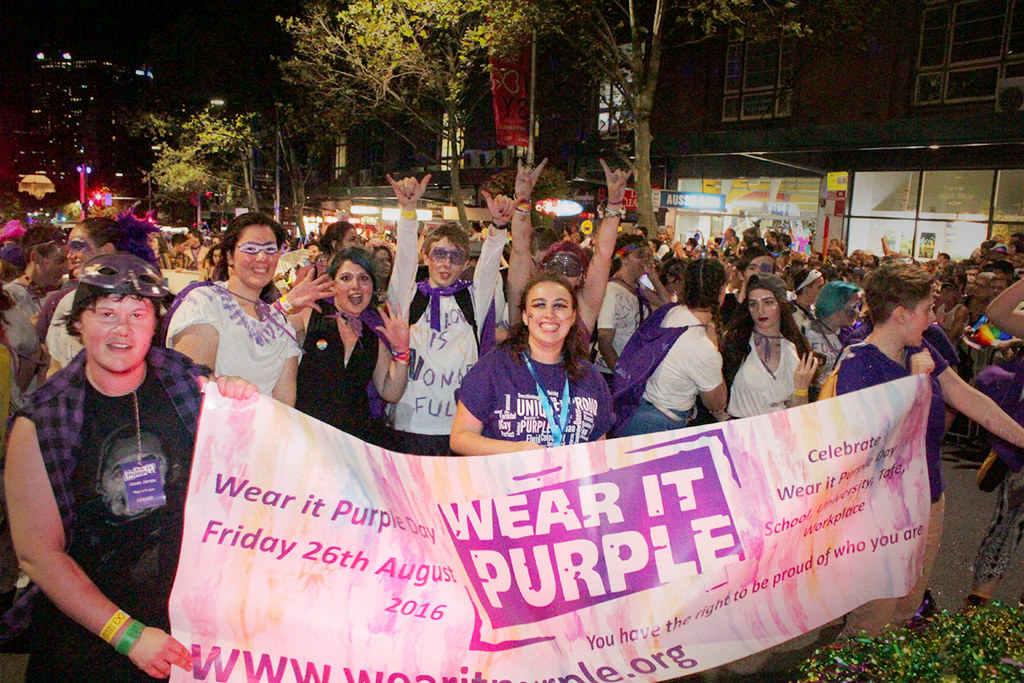I am walking and dancing along Sydney’s Oxford street with a group of teenagers I met only a few hours ago singing: “When I am with you, there’s no place I’d rather be.”
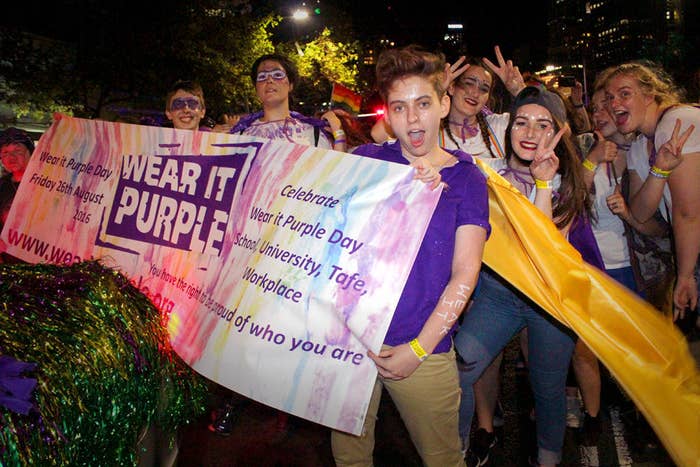
Several hours earlier, 13-year-old Bella sits on the concrete edge of a flower bed in Hyde Park. She’s the first young person to arrive, and seems content.
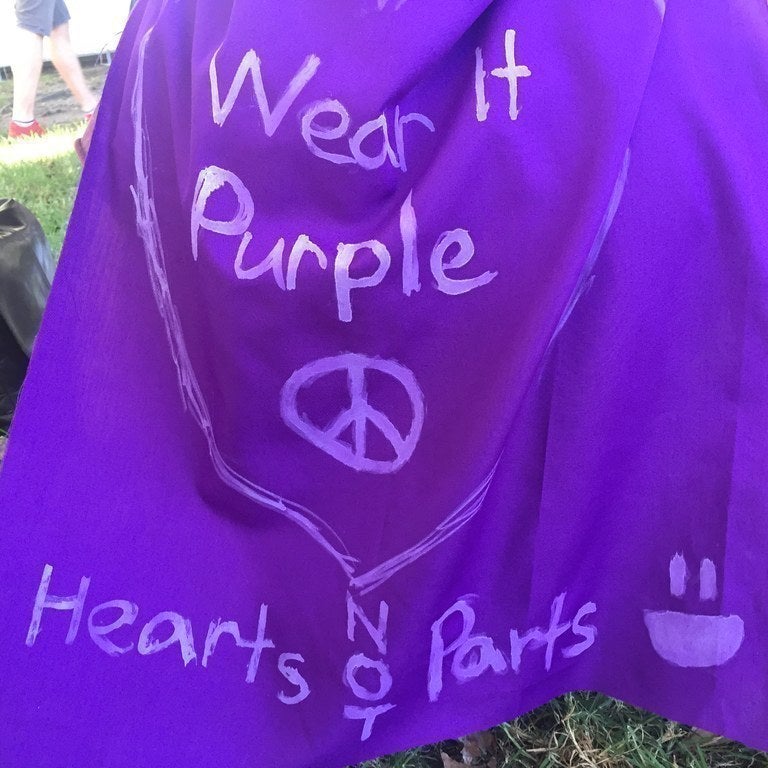

Bella is a year 8 student and identifies as pansexual, meaning she's attracted to people of all gender identities. Along with her mum and step-dad, she’s going to march in the parade tonight and celebrate her queer identity, in spite of the criticism she's faced. I ask her why she decided to march today. She pauses and then says: “Hopefully my dad sees this, somehow. I’m still not sure if he’s supportive.”
After a year of bullying at her last school, Bella left. “I had a lot of bullying issues,” she tells me, staring at her sneakers.
"Nobody used to say anything to my face. They'd write notes and leave them in my tray, which was maybe even worse. I was always left wondering who it was. You know, was it one of my friends?" I asked her what the notes used to say and she references "the F-word". Not "fuck", she's talking about "faggot".
Bella's new school has its own LGBT support group, that meets weekly. Her school also hosted a Wear It Purple day, which is how she found out about the organisation. As the night goes on, I find that almost all of the young people marching today have found the group through school programs.
As we move into the Mardi Gras marshaling area and begin decorating our shirts and capes, the teens start to talk about identity. To my surprise, the stark labels of "gay" and "lesbian" rarely factor into the conversation.
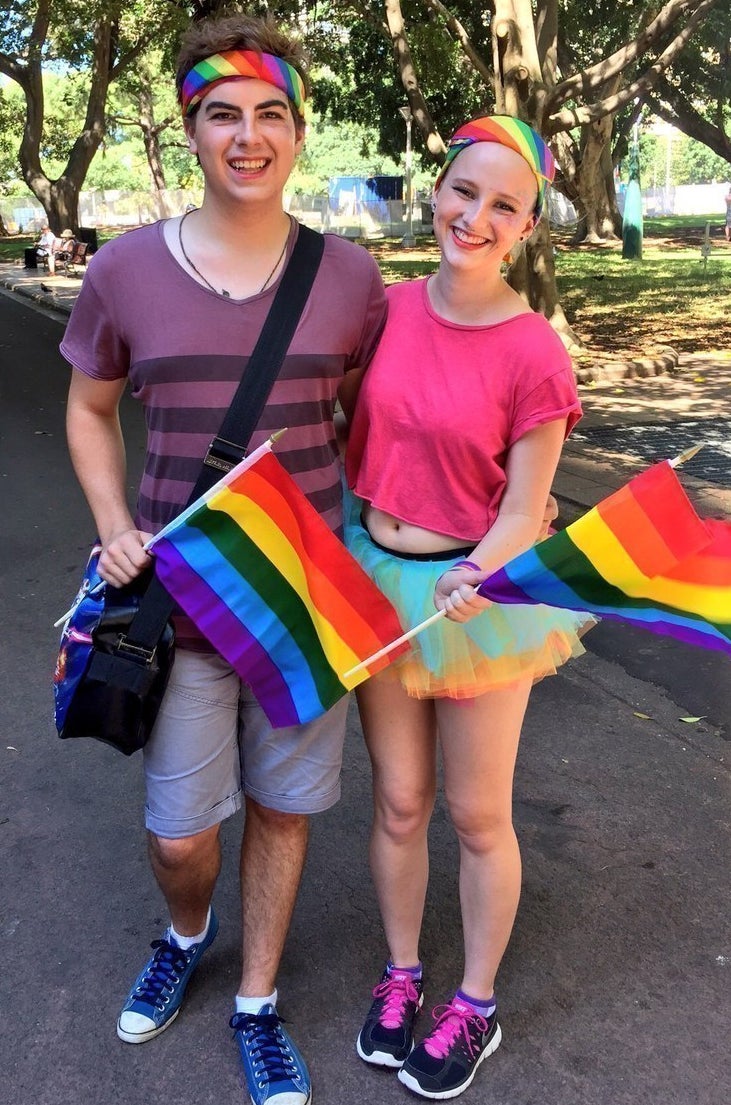
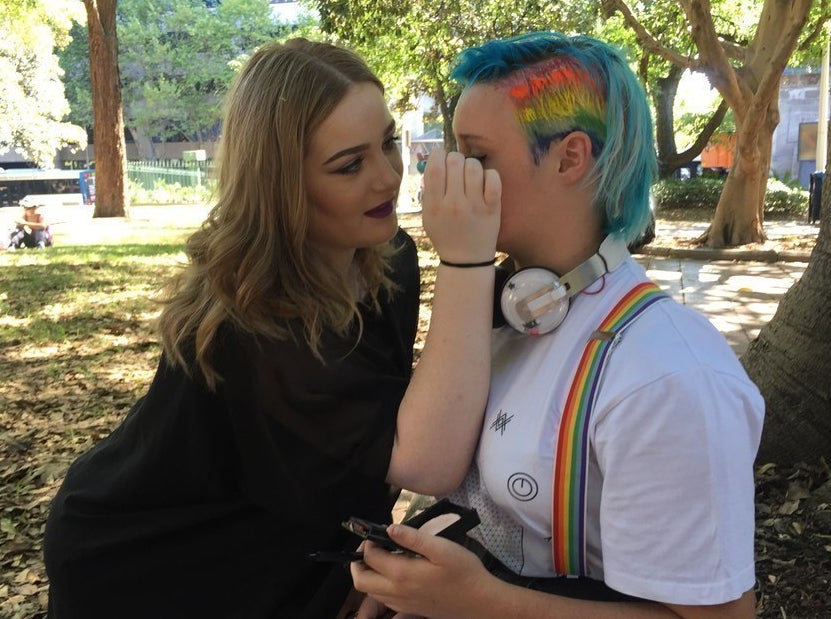
I find out that several members of the group identify as a non-binary gender and that almost all of the young people I speak to identify as pansexual. It seems teenagers have a more fluid view of sexuality and gender than generations past.
One of the pansexual, non-binary identifying people I speak with is 14-year-old Louie, who prefers “they/them” pronouns. They’re easily spotted in the crowd with a perfect rainbow painted over the shaved side of their head. “I’m out at school. I’m out everywhere,” they tell me. Louie is intelligent, loud, and above all else, aware.
"I want Malcolm Turnbull to realise that he's not an LGBT youth," they say, referencing the prime minister's investigation into the Safe Schools Coalition program. "He doesn't know what it feels like to be discriminated against."
"He's an old white dude; everyone listens to him," they say. "I hate that." I tell Louie that they're one of the most confident young people I've met – not just today, but ever. The look of shock on their face makes me realise that I'm meeting these teenagers in what could be the safest environment they've ever been in; these passionate, intelligent voices may not be the ones these teens use every day.
As I speak to these young people, they all have one message for the government: Stop making decisions for LGBT teens, without speaking to them first.
As the sun drops and the music of the floats loudens, the group lines up behind the shining Wear It Purple banner. The sense of community is palpable; and it extends well beyond this one night.
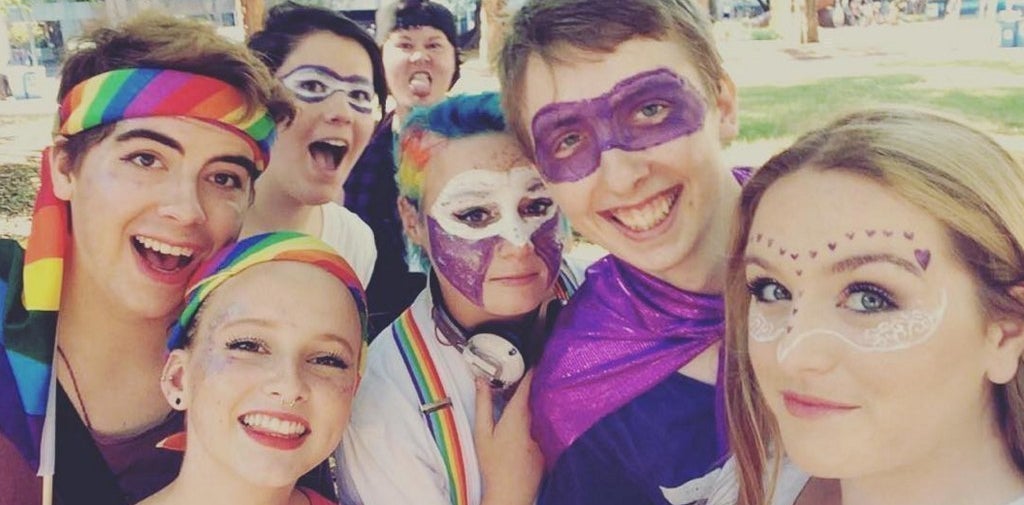
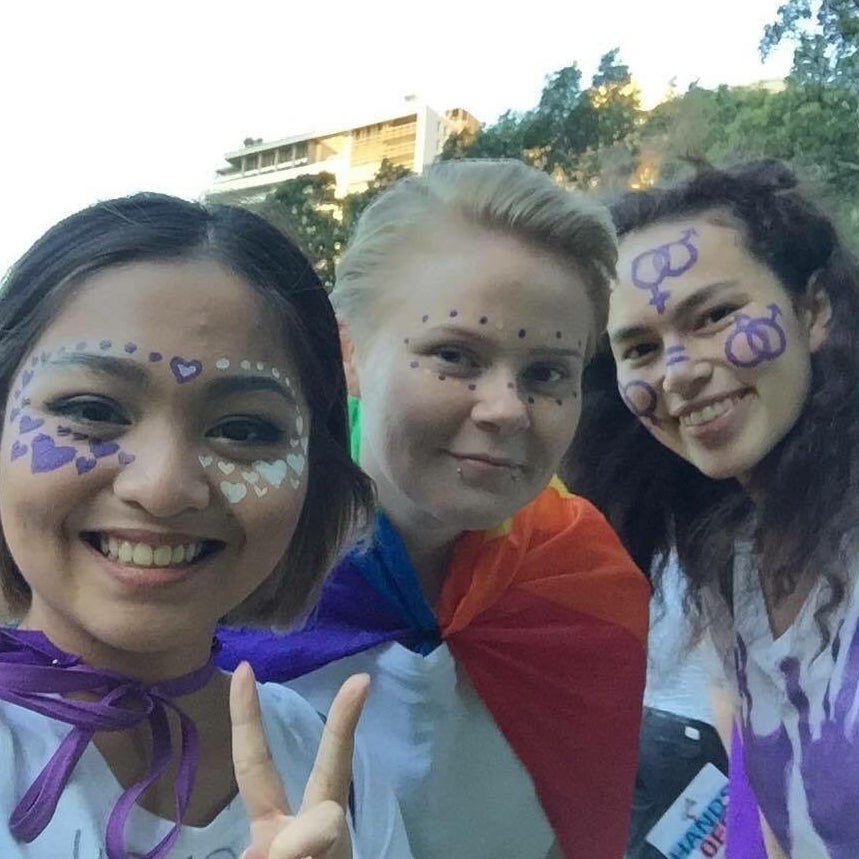
“When I first found an online community of asexual people, I realised I’m not the only person who feels this way,” says 19-year-old Chandra, who identifies as graysexual; a place on the asexuality scale where some sexual attraction does occur, but rarely. “Twitter and Tumblr are where I found my community.” Before finding these online spaces, Chandra had thought that she was perhaps just a “really good Christian”, when in reality, she just didn’t know a label for her sexuality even existed.
But what of the students who've not found Wear It Purple or a community online? What of the teens still don't feel safe in public or at home?
Right now, you wouldn’t know anyone in the group had a worry in the world. As we start the parade, arms in the air, absorbing the atmosphere, I’m certain I’ve never seen a group of young people look so happy or so free.
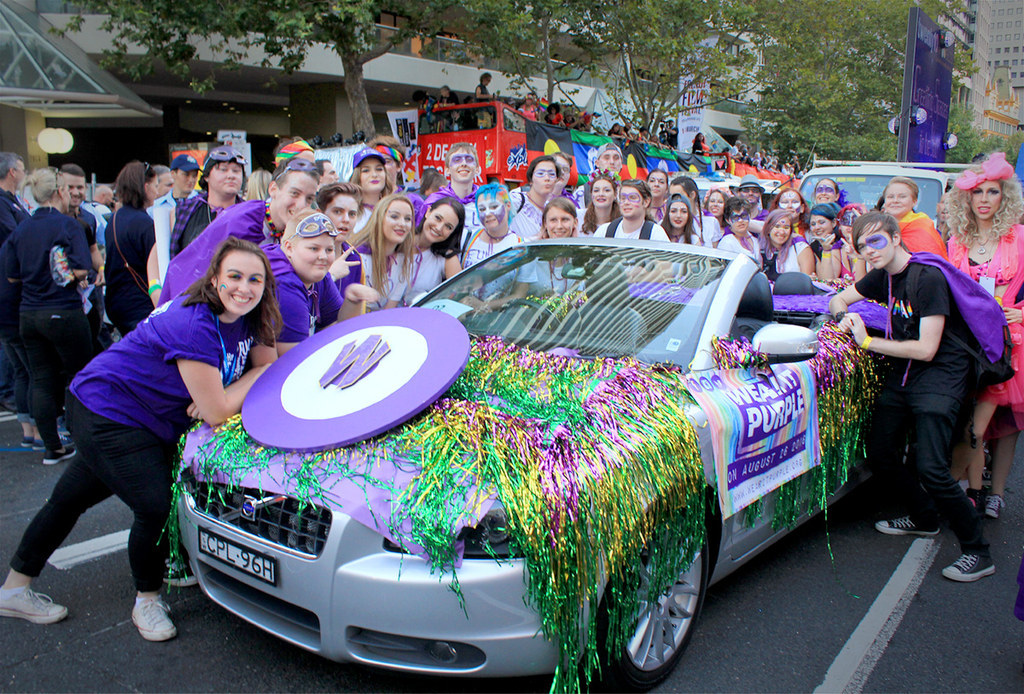
I finish the march with a gay 19-year-old who reminds me of my best friend, who came out to me in high school. While I’ve been singing and jumping, he’s remained subdued, though still smiling.
